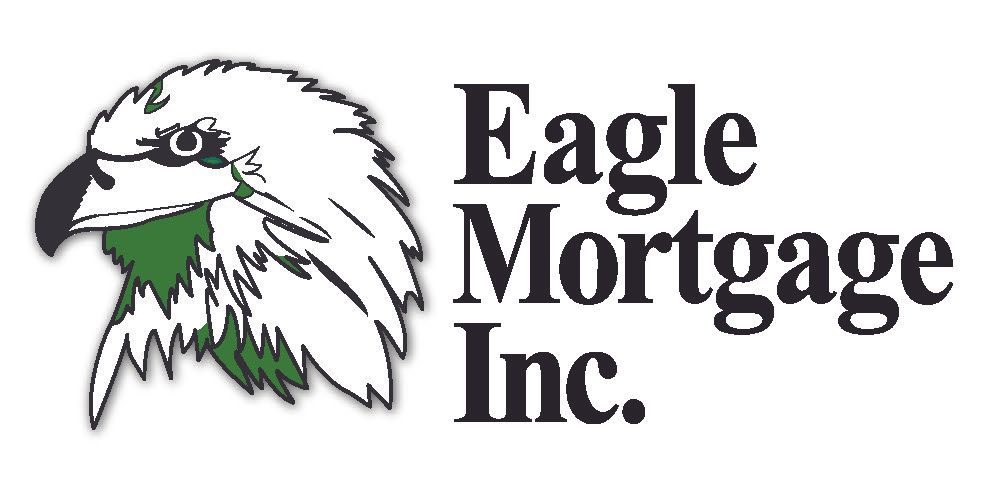Get In Touch
The residential housing market is set to undergo significant shifts as we approach 2025. For homeowners, sellers, real estate investors, and industry stakeholders, understanding the anticipated changes is essential. Let's explore the key factors expected to shape the housing market in 2025:
Economic Influences
Interest rates are projected to remain a central factor influencing the housing market. Any adjustments in central bank policy rates could have a direct effect on mortgage rates, influencing affordability for potential homebuyers. Moreover, broader economic growth and employment trends will be crucial in determining consumer confidence and housing demand.
Supply and Demand Dynamics
Inventory issues are likely to persist, with some areas experiencing new housing projects, while others grapple with labor shortages and rising material costs. These supply-demand dynamics may lead to competitive pricing in certain markets, influencing buyer and seller interactions.
Regional Differences
The housing market in 2025 will likely demonstrate significant regional diversity. Urban centers may see changes in demand driven by the ongoing trend of remote work. Meanwhile, suburbs and rural areas may continue to attract those seeking more space. Local economic factors will further impact regional housing demand and pricing.
Technological and Market Trends
Technology will continue to transform the housing market landscape. The adoption of virtual home tours and digital contract signings is expected to increase, streamlining the buying and selling process. Additionally, there will be rising interest in sustainable and energy-efficient homes as consumers prioritize eco-friendly living, shaping property preferences.
To successfully navigate the 2025 housing market, staying informed about these economic, regional, and technological trends will be key. Whether you are a homeowner, prospective buyer, or real estate professional, being adaptable and informed will help you make strategic decisions in this evolving landscape.

